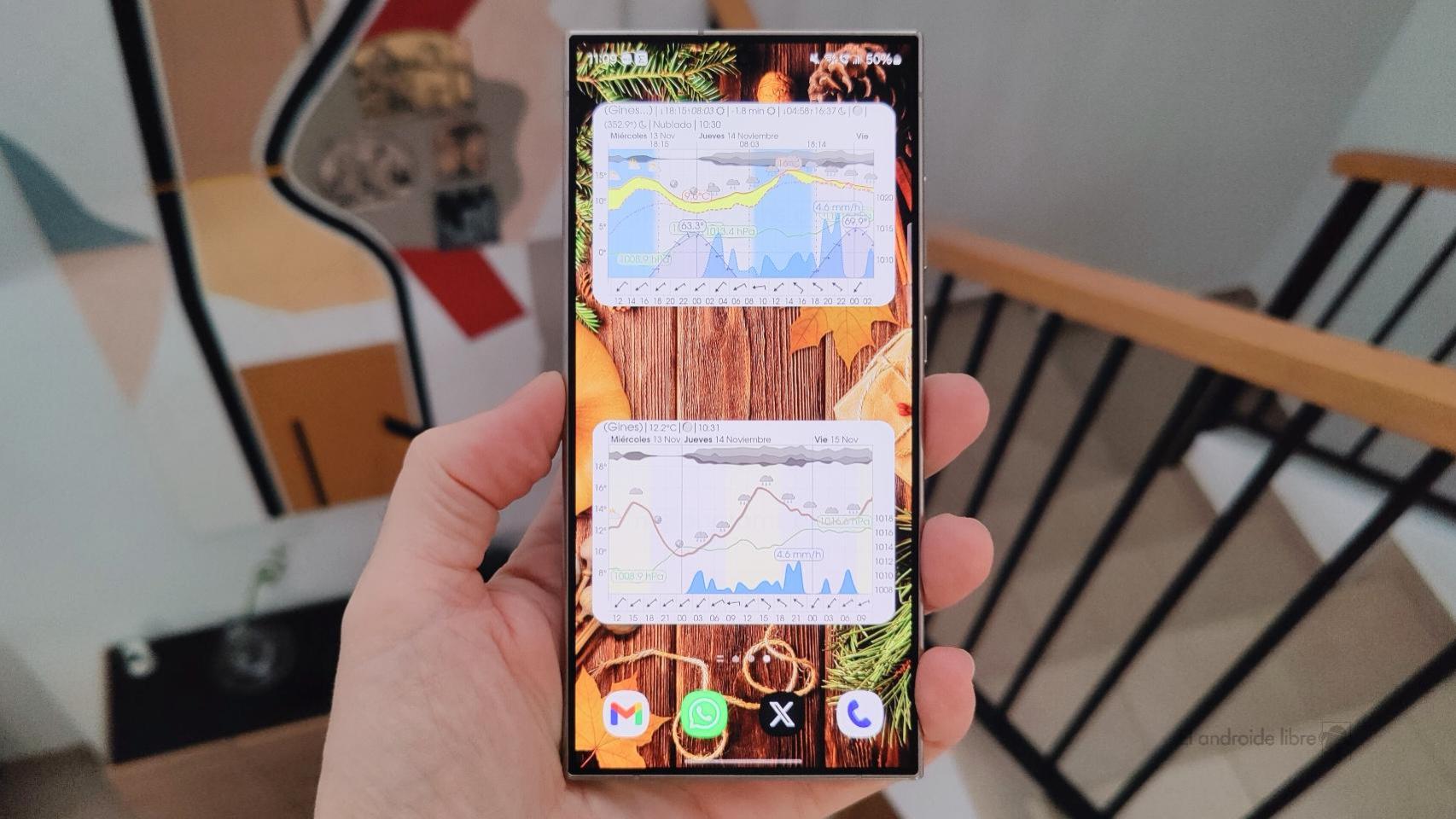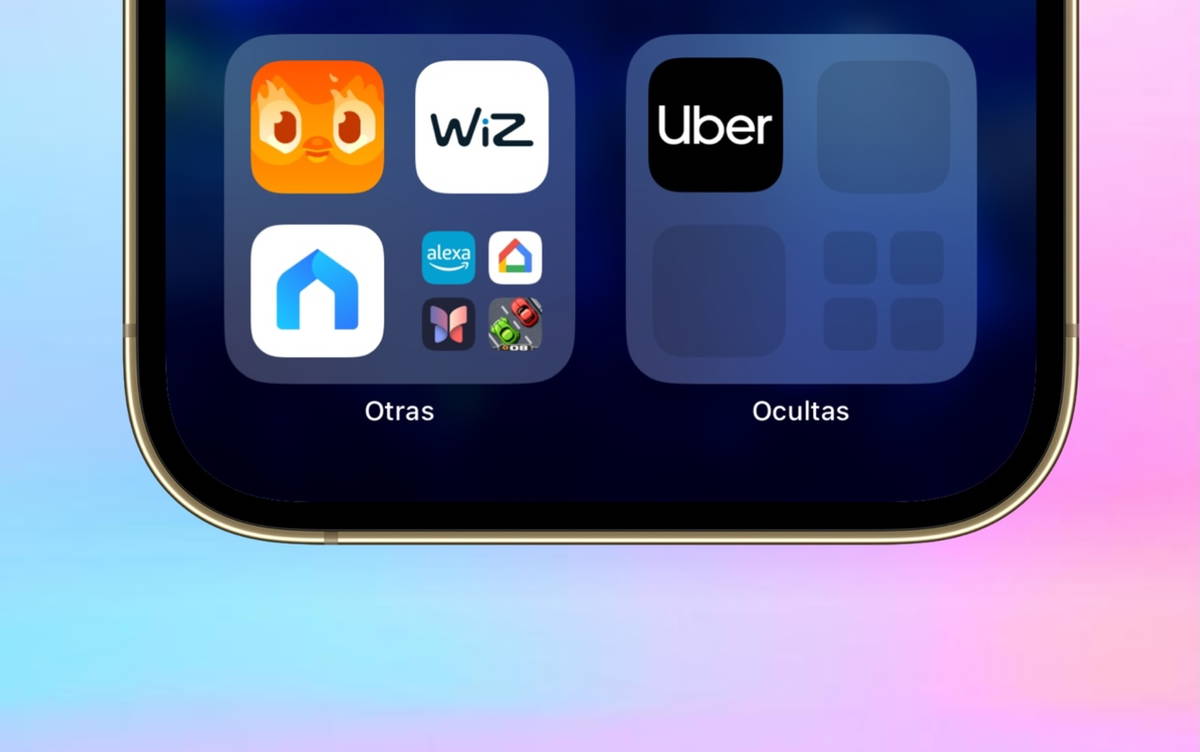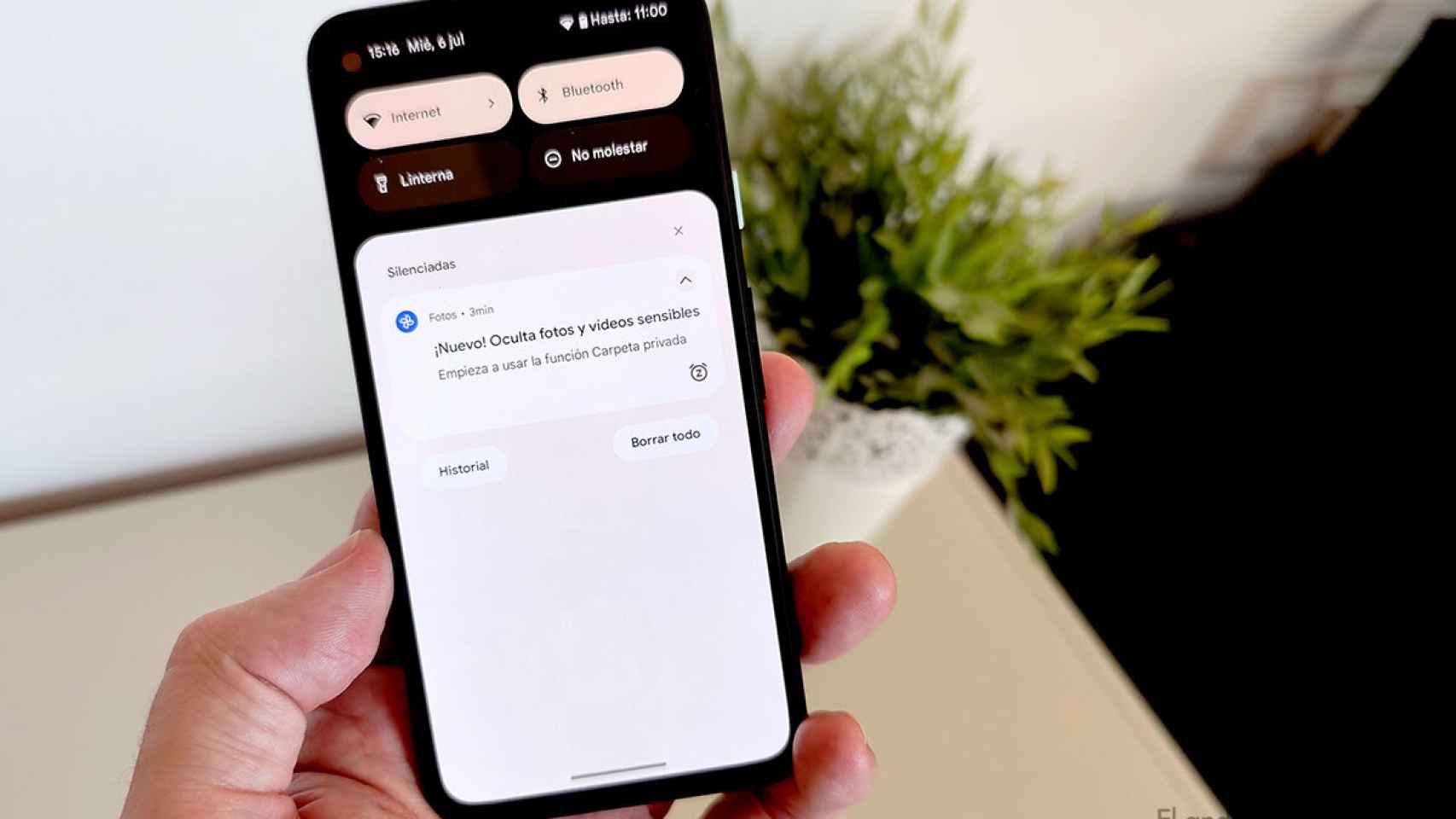Even though we sometimes neglect ourselves, we are increasingly aware of the importance of our privacy. There are many ways to improve our privacy on our mobile phones and the most used apps tend to be quite transparent on this issue, but we can always go a little further.
And, because of our mistakes or because someone took our cell phone, we can be vulnerable. We will focus on WhatsApp, because there is a very simple action to carry out that we recommend you do from time to time so that no one can spy on your conversations.
How to Check and Disable Linked Devices on WhatsApp
Before you know it, let’s approach this question: no, no, there’s a form that you’re looking for on WhatsApp and we don’t know that you already have it or that you’re on your mobile, you can enter the application and you’ll see it written in application.
The latter is easy to control, but Yes, it is possible that we leave WhatsApp open on other computers. If we have a shared computer or if we go to the library, we log into the browser and don’t close it or anything like that, we leave a window open on our account.
It is also possible that it is not an oversight, but that someone takes our cell phone and opens an account with WhatsApp Web, validating the credentials with our WhatsApp account. Here, obviously, we are faced with something much more serious, but the solution in both cases is the same: block remote access.
And that’s it, WhatsApp offers us a tool to see on which devices our account is openand from time to time it’s not a bad idea to go to this section to see if everything is going as it should.
Next, we explain what the steps are:
- The first thing is to click on the three vertical points that we have at the top right. When the menu appears, we go to “Linked devices”.
- On the screen that opens, we have the option to “Pair a device”, but also a list of linked devices.
- By clicking on each of them, you can choose to close the session easily.


This section is very useful because, in a very simple way, we can see on which device it is openwho is the client, if the session is active at that time and, above all, we have the button to close the session.
It’s a good idea to protect WhatsApp with your fingerprint
Now, if you suspect a situation where your phone could be stolen for a few seconds to read your chats or to create a session on WhatsApp Web, a good idea is to protect WhatsApp with your fingerprint.
Below we leave you the steps to follow:
- To block WhatsApp with a fingerprint, what we need to do is the following:
- We click on the three vertical dots at the top right and go to “Settings”.
- Inside, you have to go to the “Confidentiality” tab.
- You need to scroll down until you find “Fingerprint Lock”.
- We activate the option… and that’s it.


Something interesting is that We can choose to block WhatsApp with our fingerprint as soon as we leave the application (there is no need to close it, just exit WhatsApp to the mobile dashboard or switch apps), when spending a minute outside or when spending 30 minutes.
And no, It’s not like when you lock your cell phone with your fingerprint. that, if we fail, we can unlock it with the PIN code: if you do not unlock WhatsApp with your fingerprint, you will not unlock it. This is a great security option because someone can know your PIN, but replicating your fingerprint is a bit more complicated.
With this it would be ready and, at least, we would have implemented two actions to have a little more security on our account.
Cover photo | Alexandre Alcolea
In Xataka Android | The 106 best sticker packs for WhatsApp in 2024, how to download them and how to make your own










